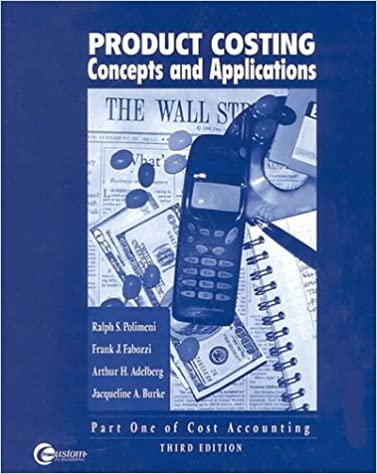
Calculate free-trade relative price Po/Pc in the table below using info in Table 1 (Left column = Egypt and right column = Israel)

This problem continues our example of Egypt and Israel, oranges and cotton from before, but now with the Heckscher- Ohlin model, and entirely new equations and information. Unlike the Ricardian case, in the H-O version of the model, we have more than one resource, and opportunity cost is increasing (curved PPFs). (The specific resources being used in this problem won't matter until the last question.) Table 1 (below) gives the following information for each country (using Oranges as our focus good that will go on the horizontal axis) The PPF equations [Quantity of Cotton (Qc) produced in each country as a function of Quantity of Oranges (Qo) produced] Supply equation for oranges [Quantity of oranges produced or supplied (Q%o) by firms in each country as a function of the relative price of oranges ((Po/Pc), which is the price of oranges, Po, divided by the price of cotton, Pc).] Demand equation for oranges [Quantity of oranges demanded (Qo) in each country as a function of their relative price ((Po/Pc)]. . Table 1: Production and Demand Information for Egypt and Israel Egypt Israel Equation for PPF Qc = -0.015 (Qo) - 0.3 Qo + 180 Qc - -0.005 (Qo) - 0.1 Qo + 127.5 QoS = -10 + (33 1/3) (Po/Pe) QoS = -10 + 100 (Po/Pc) Quantity of Oranges Supplied (QoS) Quantity of Oranges Demanded (Qo') QOD=95-25 (Po/Pc) QOV - 30+20 (Po/Pc) where all quantities stand for millions of tons per period". (The "33 1/3" in one of the equations means "thirty-th and one-third".) at the doc ainm relative price of oranges (Po/Pc ) = Production of: Oranges (millions of tons) = Cotton (millions of tons) = Consumption of: Oranges (millions of tons) = Cotton (millions of tons) = This problem continues our example of Egypt and Israel, oranges and cotton from before, but now with the Heckscher- Ohlin model, and entirely new equations and information. Unlike the Ricardian case, in the H-O version of the model, we have more than one resource, and opportunity cost is increasing (curved PPFs). (The specific resources being used in this problem won't matter until the last question.) Table 1 (below) gives the following information for each country (using Oranges as our focus good that will go on the horizontal axis) The PPF equations [Quantity of Cotton (Qc) produced in each country as a function of Quantity of Oranges (Qo) produced] Supply equation for oranges [Quantity of oranges produced or supplied (Q%o) by firms in each country as a function of the relative price of oranges ((Po/Pc), which is the price of oranges, Po, divided by the price of cotton, Pc).] Demand equation for oranges [Quantity of oranges demanded (Qo) in each country as a function of their relative price ((Po/Pc)]. . Table 1: Production and Demand Information for Egypt and Israel Egypt Israel Equation for PPF Qc = -0.015 (Qo) - 0.3 Qo + 180 Qc - -0.005 (Qo) - 0.1 Qo + 127.5 QoS = -10 + (33 1/3) (Po/Pe) QoS = -10 + 100 (Po/Pc) Quantity of Oranges Supplied (QoS) Quantity of Oranges Demanded (Qo') QOD=95-25 (Po/Pc) QOV - 30+20 (Po/Pc) where all quantities stand for millions of tons per period". (The "33 1/3" in one of the equations means "thirty-th and one-third".) at the doc ainm relative price of oranges (Po/Pc ) = Production of: Oranges (millions of tons) = Cotton (millions of tons) = Consumption of: Oranges (millions of tons) = Cotton (millions of tons) =








